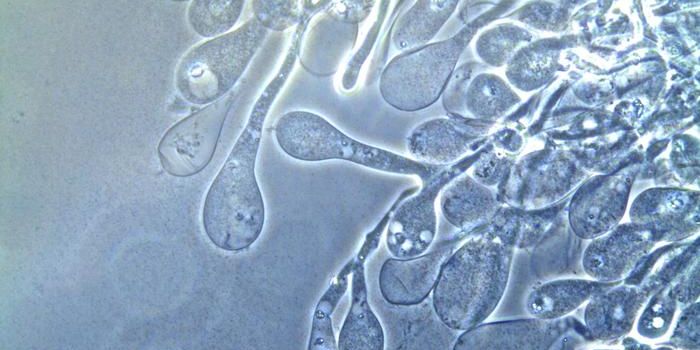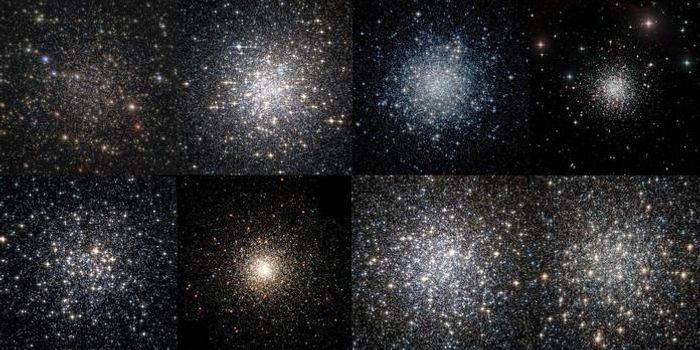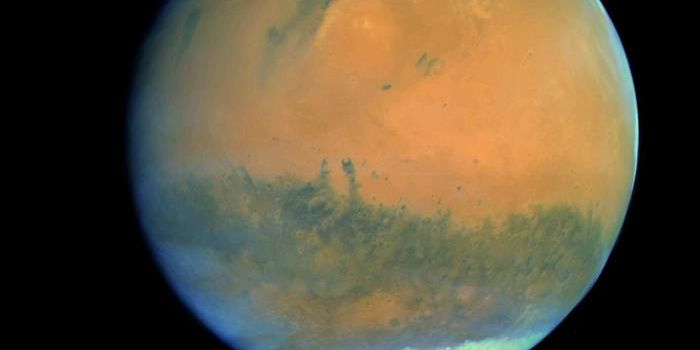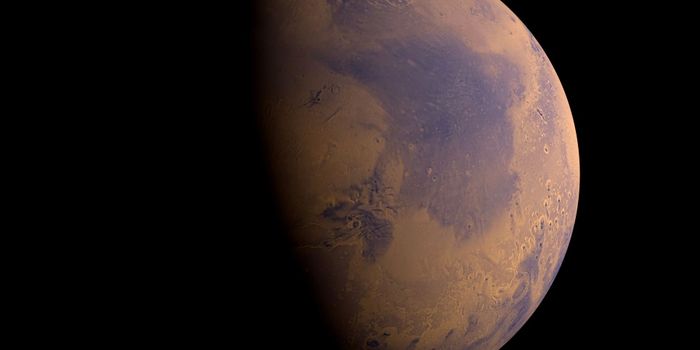Dent in Earth's Magnetic Field Caused by Buried Ancient World
Researchers from Arizona State University have suggested that two giant blobs of rock cupping the Earth's core are likely behind a dent in the Earth's magnetic field.
The Earth's magnetic field protects the planet from charged particles from solar winds that would otherwise strip the ozone layer and allow harmful ultraviolet radiation to enter. Over South America and the southern Atlantic Ocean, there are unusually weak spots in the field. These spots, known as the 'South Atlantic Anomaly' (SAA) allow these particles to reach closer to Earth's surface than normal, which can interfere with onboard computers and satellite data collection.
While the cause of the dent is unknown, scientists expect it to increase in size in the future. Understanding why it exists, and why it may expand is important to scientists so they can counteract the disturbance experienced by satellites and onboard computers while traveling through this zone. It would also allow them to better understand how such changes affect the Earth's atmosphere and what is happening to Earth's magnetic field beneath the Earth's surface.
The researchers' new theory attributes this dent to two large clumps of dense rock that cup the Earth's core like a pair of hands 1,800 miles beneath the Earth's crust. They say that these rocks likely came from a collision early in Earth's existence 4.5 billion years ago with a Mars-sized planet named Theia. The impact is thought to have turned the Earth's surface into a fiery sea of magma that caused it to shoot out enough debris to create the moon.
The composition of the debris remaining from the collision in the Earth's mantle is then thought to have disturbed the liquid metal in its outer core that generates the Earth's magnetic field. According to the researchers, these rocks are between 1.5% and 3.5% denser than the rest of the Earth's mantle. They added that it's possible that denser chunks of the Earth's crust likely sank into the mantle to join these rocks, contributing to their growth over time.
The paper will soon be published in the Geophysical Research Letters, where it may both prove the existence of Theia in our solar system billions of years ago, and explain its lingering impacts on the Earth's magnetic field.
Sources: Business Insider, NASA, 52nd Lunar Planetary Science Conference 2021









